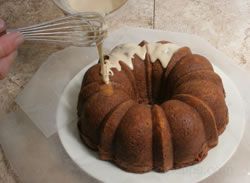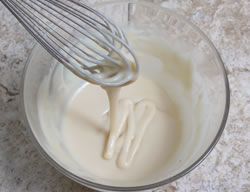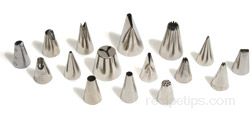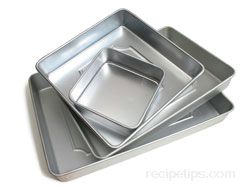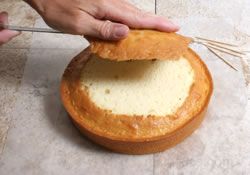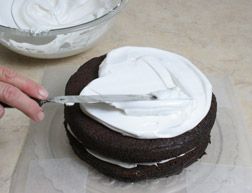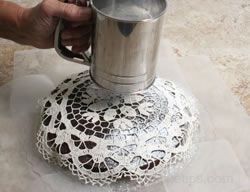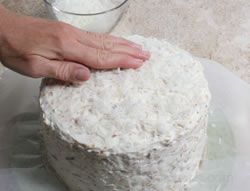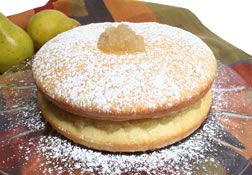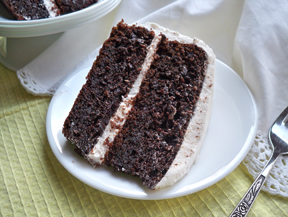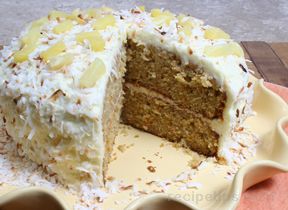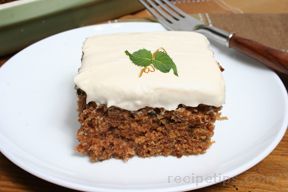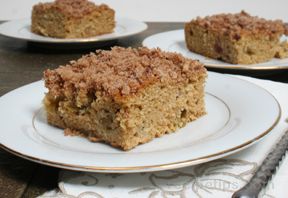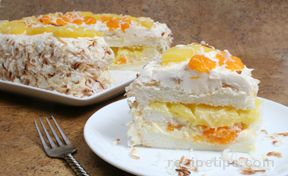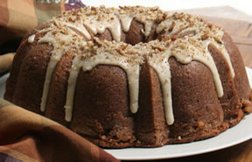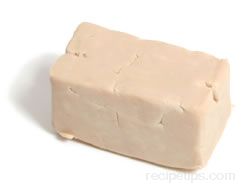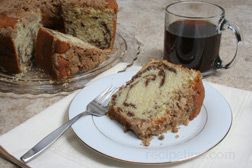| ||||||||||||||||||||||||
Cake Glazes

RecipeTips
Cake glazes are commonly used as a cake decorating idea for bundt cakes. A glaze can be applied by drizzling, pouring, or brushing it on the cake. The consistency of the cake glazing may determine the manner in which it is applied. Check the recipe for special instructions.
Cake glazes are basically made up of powdered sugar and a liquid. For example, a lemon cake glaze recipe is made using lemon juice as the liquid ingredient. Other cake glaze recipes may use other juices, such as orange juice or pineapple juice or it could just be a mixture of powdered sugar and milk. Sometimes the cake glaze is flavored to match the cake, such as lemon glaze for lemon cake. Cake glazes are perfect for bundt cakes, angel food cakes, coffee cakes, or any cake that you do not want to frost with a heavy frosting. The information below will show you how to prepare and apply the cake glaze so that you end up with a smooth glaze coating.


